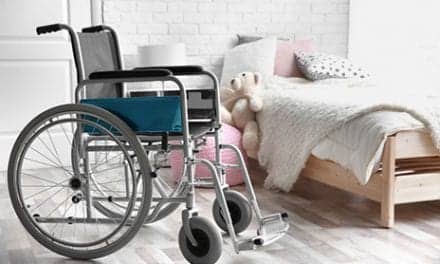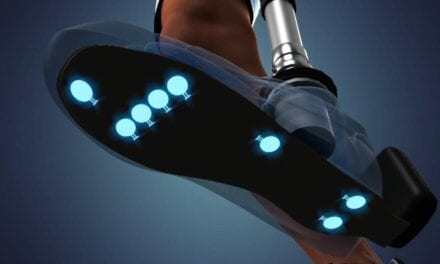May 15, 2007
A research team has discovered that repairing damaged motor nerves with grafts from other, fully intact motor nerves yields improved surgical outcomes that could signal a change in treatment methods for people who suffer injuries from industrial, recreational or auto accidents.
Full function in injured areas many times does not return among patients who undergo surgery to repair nerve damage, a procedure that traditionally includes grafting a donor sensory nerve onto a damaged motor nerve.
The researcher group from St. Louis and Barnes-Jewish Hospital found that repairing a motor nerve in rats with an intact motor nerve yielded better results than using a sensory nerve. The research appeared in the March issue of the journal, Microsurgery.
Gregory H. Borschel, MD, a plastic and reconstructive surgeon at the St. Louis University School of Medicine defined the question of the research project as seeking to determine why motor nerves regenerated more successfully than sensory nerves.
The researchers broke down the nerve architecture by chopping up motor, sensory and mixed nerves. They divided the minced nerves into groups by type, inserted the mush into tiny silicone tubes and encouraged severed motor nerves to regenerate through the mixtures in the tubes.
The researchers found that disrupting the nerve’s architecture by mincing it abolished the benefit of repairing a motor nerve with an intact motor nerve. "It turned out there was no difference in regeneration using motor versus sensory nerves through the chopped-nerve tissue," Borschel said.
Several factors contributed to the results, he said. "We know that the axons, or nerve fibers, in the motor nerves are bigger, while the sensory nerve fibers are smaller," he said. "When the nerves are trying to regenerate using a motor nerve as a graft, it’s easier for them to use the larger axons of another motor nerve, although the reason why is not clear.
"The research data is very compelling," Borschel said. "The evidence presented through this study could represent a paradigm shift from what we currently do in the operating room. The current standard of treatment for fixing a gap in a motor nerve is to use a sensory nerve, but we believe that if you use a motor nerve instead of a sensory nerve, then the outcome would be better."
Source: Eurekalert.org



